
The “Tomb of Absalom”: The Earliest Judeo-Christian Place of Pilgrimage in Jerusalem
March 2023 | Vol. 11.3
By Joe Zias
The so-called Tomb of Absalom in Jerusalem is one of the more popular pilgrimage sites since the Late Roman period. It is also one of the most enigmatic. Taking the form of a square, rock-cut structure decorated with Ionic columns in relief and topped with a distinctive conical roof, it marks the shared border between the Valley of Jehoshaphat and the Kidron Valley in Jerusalem. Its original construction has been dated to the 1st century CE on the basis of style, but it was later modified and vandalized.
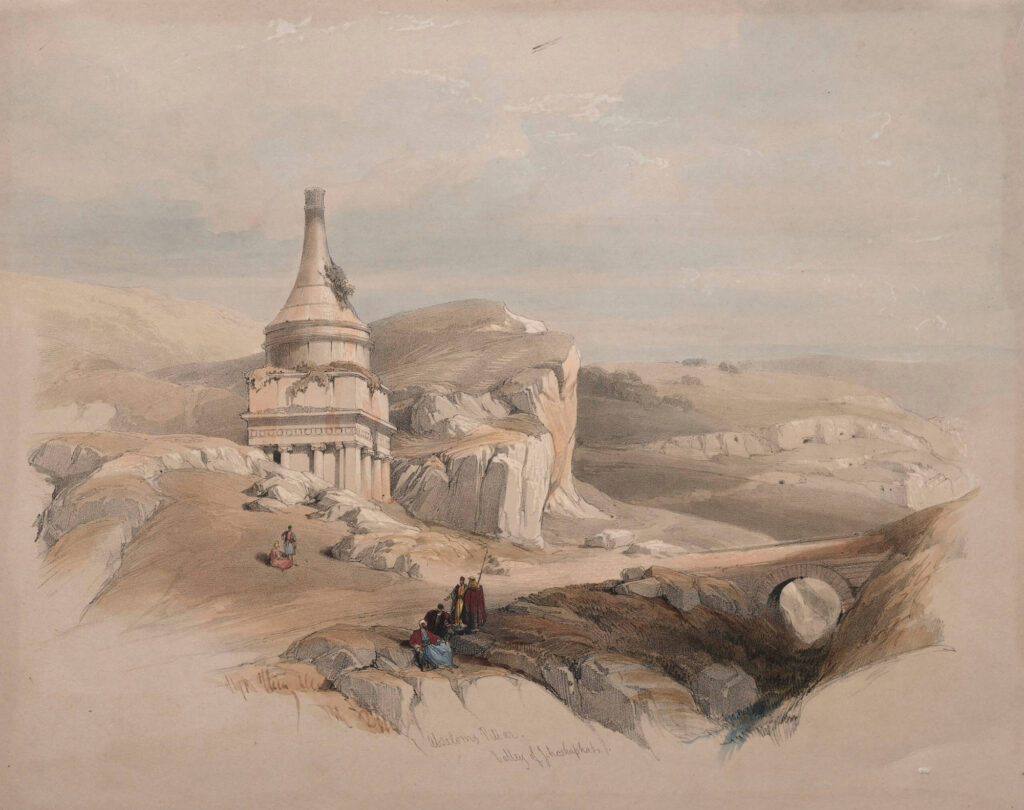
Figure 1: “Absalom’s Pillar, Valley of Jehoshaphat” by David Roberts (1839), Cleveland Museum of Art.
Built about 1000 years after its namesake’s death, we cannot be sure why or by whom the structure was commissioned, but at some point in antiquity it became associated with the legendary “Pillar of Absalom” mentioned in the Old Testament. According to the Book of Samuel (18:18), Absalom, the rebellious son of King David, erected a monument for himself because he had no son to carry on his name. Two first-century CE sources mention the existence of such a monument in Jerusalem. The first is the “Copper Scroll” (one of the Dead Sea Scrolls; dated to 68 CE); the other is found in Flavius Josephus’ Antiquities of the Jews 7.243 (93 or 94 CE). These likely influenced the association of the current structure with Absalom. At the same time, a Greek inscription (one of three adorning the entrance dated to ca. 4th century CE) proclaims that it is “the tomb of Zacharias, the pious martyr and father of John”. However, these were eventually erased; subsequently, the People of the Book cursed the structure and stoned the visually impressive monument for centuries.
The Tomb has a chaotic history, but a number of recent revelations and discoveries — including a Tau cross, an alpha-omega symbol and two nails in relief, as well as two fonts in the entrance (one for Holy Water and a larger one used for baptism) — provide new insights into this enduring but perplexing monument.
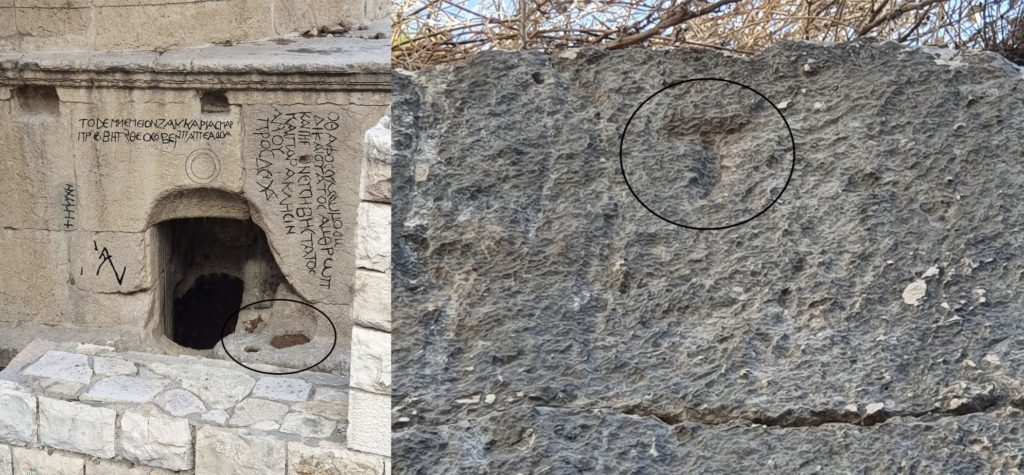
Figure 2 (left): Entrance to the tomb showing three Greek inscriptions, a wreath, partial alpha-omega and nail, detected based on “squeezes”. Note the rectangular slots added later for a roof over the entrance and a slot for an oil lamp, as well as a “stoop” for holy water alongside a large basin for the baptism of infants at the lower right. (Photo by Joe Zias)
Figure 3 (right): Prominent Tau cross incised in the bedrock opposite the tomb. Additional Tau crosses are visible when the late summer sun is setting. (Photo by Joe Zias)
Tau Cross & Other Symbols
In 1999, I had initially noticed and photographed the Tau cross incised on bedrock opposite the monument (Fig. 3). A symbol used by the Roman army decades before the death of Jesus of Nazareth, the Tau cross eventually became an unmistakable Christian symbol predating other cryptograms such as the Chi-Rho. At the time, I was unaware of its rarity in the archaeological and historical records of the Holy Land and thus failed, until recently, to bring it to the public’s attention.
It was only later, while investigating the Greek inscriptions surrounding the entrance, that I noticed distinctive traces of Christian symbols that had escaped the eye of countless travelers: an alpha, incomplete omega, and a nail/spike (Figs. 4-5). The first two are well known symbols of early Christianity, whereas the nail is an early symbol of the crucifixion. All of these carvings, and the inscriptions, are really only legible when the sun is at a certain angle. This is how they could go unnoticed for so long on what is one of the most photographed monuments in Jerusalem. (Incidentally, the same was true in the case of the famous Tel Dan stele and inscription, discovered only in 1993).

Figure 4: The ashlar block, left of the entrance, before the “squeeze”, showing an alpha, partial omega, and a nail. (Photo by Joe Zias)
When and why was the monument Christianized in this way? One might the Byzantine period, but recent comparable evidence offers an alternative. A Tau cross in relief was recently discovered in a tomb in the Negev, dated to 2nd-3rd centuries CE by the excavators. In addition to being the world’s earliest Tau cross found in situ, the Negev example is important for establishing the date of our Tau cross and thereby reconstructing the process by which the Christian interpretation of the Tomb of Absalom evolved.
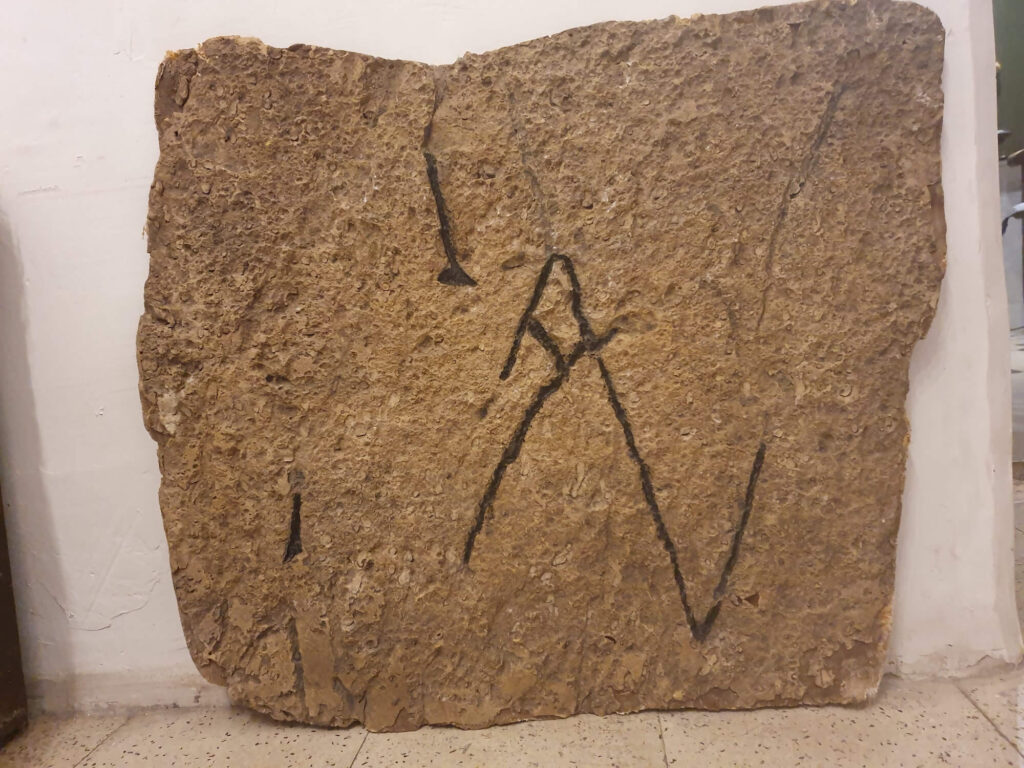
Figure 5: Casting of the ashlar after the “squeeze”. Note the lower left hand corner of the ashlar exhibiting the once-smooth façade of the monument. (Photo by Joe Zias)
Pre-Constantinian Christian Places of Worship and Pilgrimage Sites
In the 3rd century CE, we know that house-churches (domūs ecclesiae, places for communal worship; see Acts 1:13) began appearing in the Holy Land. But in the 2nd century, following the second Jewish revolt (132-135 CE) when Jews were banned from residing in Jerusalem by Roman decree, Christian monks became responsible for maintaining historical sites once belonging to Jews and venerated as places of pilgrimage in the city, including the “Absalom Tomb”.
Appropriating an abandoned monument/tomb would have been an easier task than building something new. Occupying a Late Second Temple tomb lacking any written evidence other than a legend about its previous owners, with a prime location between the Mount of Olives and the city, presented itself as an ideal opportunity. Building a house-church required forethought, effort, and funding as opposed to finding an abandoned monument at the foot of the Mount of Olives, a location that, on theological grounds, few Judeans would ever consider inhabiting.
It could be reasoned, then, that the “Tomb of Absalom” may have been Christianized at that time, with a Tau cross serving as a “signpost” for pilgrims. It would then be one of the earliest, heretofore unrecognized, pre-Constantinian pilgrimage sites in the Holy Land. Due to the vast number of pilgrimage sites, particularly on the nearby Mount of Olives (24), not all were recorded by historians and pilgrims, as anonymous ancient Byzantine places of worship are still frequently discovered in the Holy Land.
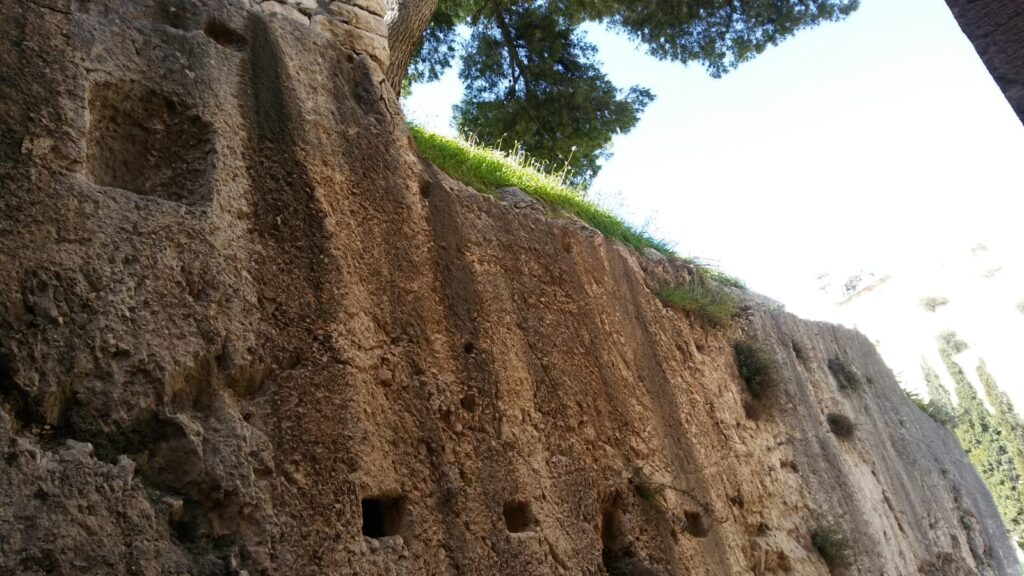
Figure 6: Northern face of the bedrock opposite the entrance to the tomb, showing three square slots hewn into the bedrock for entrance to the tomb along with a later enclosure that presumably held a relic/statue. (Photo by Joe Zias)
Whereas it is apparent that the monument was never intended as a church, chapel, convent, or monastery, it is clear today that the monks in Late Antiquity devoted considerable effort to memorializing inscriptions and implementing architectural changes to the structure and the area around it, which in my opinion now placed the monument in the category of “martyrium.” This included a “stoop” for Holy Water and a baptismal font (Fig 2), a place for a lamp, and two loci for small statues (Fig. 6). Additional access points in the form of bridges were created for worshipers, the remains of which can be seen both on the tomb itself and the bedrock opposite the entrance (Figs. 7-8). A martyrium was suitable for monks seeking solitude yet, at the same time, for maintaining contact with pilgrims for socioeconomic reasons.
Although not declared as a martyrium, nor appearing in the writings of the early Church Fathers, the location and somewhat unusual circumstances surrounding the monument, which enabled the pilgrims greater access to the “holy,” fulfilled a similar need in the holy city and predates by centuries in Jerusalem two additional martyria: the 4th century Church of the Holy Sepulcher and the 7th century Islamic Dome of the Rock.
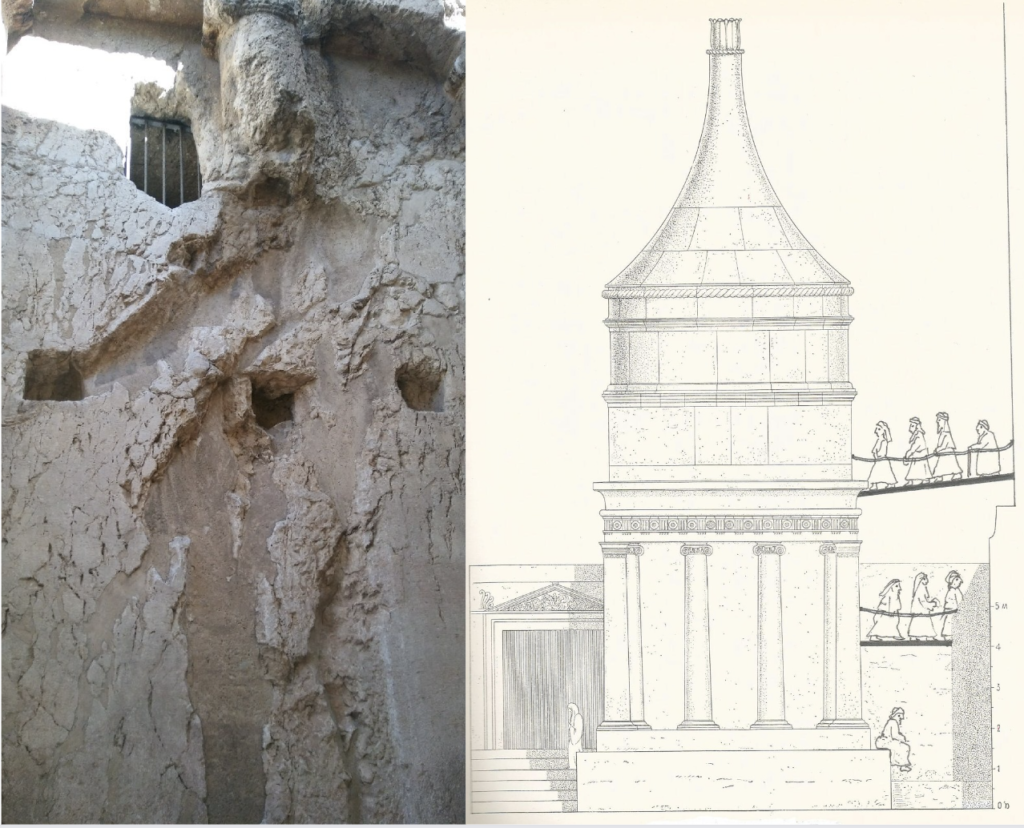
Figure 7 (left): Original exit from the monument, note the three slots beneath the entrance, added later, as a bridge allowing pilgrims passage to the building. (Photo by Joe Zias)
Figure 8 (right): Proposed bridge connecting the southern bedrock to the tomb entrance for pilgrims. (Architectural drawing by Dr. Leen Ritmeyer; human figures added by Dr. Patricia O’Donovan)
Why Stoning?
Among the People of the Book, stoning peoples and monuments — whether it be the pillar in Mecca or the alleged fig tree cursed by Jesus for not bearing fruit — holds a long tradition. As harsh and unpleasant as it may sound, death by stoning individuals in biblical times was theologically justifiable in biblical times under certain circumstances within and outside the confines of the family, be it Absalom or any other rebellious individual (see, for example Deut 21:18-21).
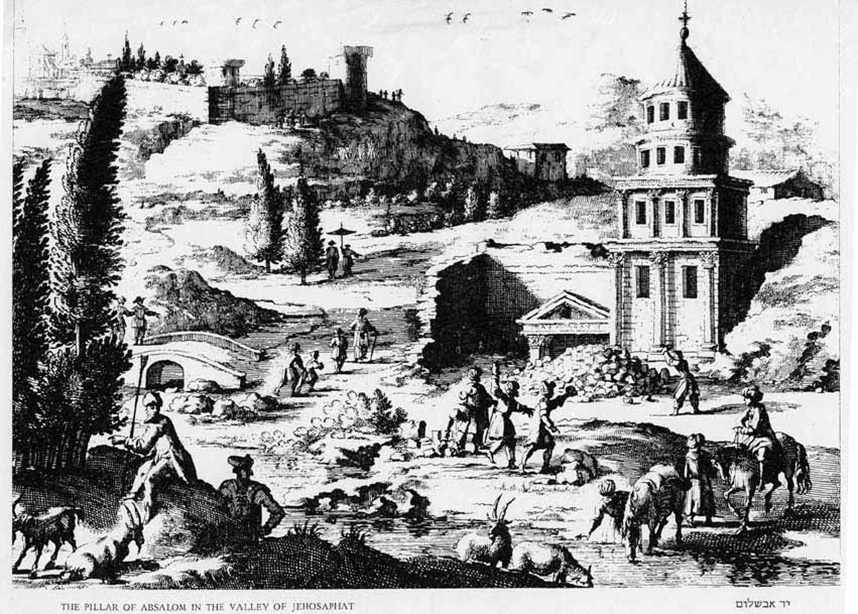
Figure 9: Stoning of the monument, 17th cent. book illustration showing the stoning of the monument, by Flemish illustrator Olfert Dopper, who had never been to the Near East. (Library of Congress, Prints and Photographs Division.)
Not only did Absalom rebel against his father (King David) but he was told by his elders to sleep with his father’s concubine on the rooftops of Jerusalem as retribution for marrying Bathsheba and having her husband killed in a battle in which he had no chance of surviving. The stoning of the monument served as an act of revenge for Abasalom’s aggressions against his father.
As mentioned at the start, the three Greek inscriptions which appropriated the Tomb of Absalom for Christianity were later erased. By obliterating the three inscriptions and other Christian symbols around the entrance and the bedrock opposite it, the tomb again became compatible with earlier attribution by Josephus and the Copper Scroll as the Tomb of Absalom’s Pillar or Memorial. Likewise, stoning the monument prevented monks, clerics, and others from re-establishing the pillar as a place of veneration and refuge.

Figure 10: Earliest drawing of two pilgrims stoning the tomb, 1556. Drawing by Franciscan friar, André Thevet who visited Jerusalem in the 16th century.
Summary
Jews and Christians alike would have been aware of the fact that the monument, apparently lacking inscriptions, was known by the local population as the Tomb of Absalom, as suggested by Josephus and the Copper Scroll. By converting it into a Christian martyrium and a dwelling, monks would simply have to rename it the Tomb of Zacharias, add three inscriptions, holy water and baptismal fonts, modify its architecture, and break down parts of the northern, western, eastern and southern walls for light and air.

Figure 11: The Tomb of Zacharias? (Photo by Joe Zias)
It is difficult to determine exactly when Absalom’s Tomb was Christianized and later vandalized. However, the recent archaeological evidence described above suggests that the monument was visited by pilgrims over an extended period of time, perhaps centuries before its eventual abandonment and defacement (which marked the end of the once-prevalent belief that it was the tomb of Zacharias, the martyr, the holy priest, the father of John). It may be argued that the Tau cross was a landmark for the tomb, designating the structure as one of the earliest Christian monuments in Jerusalem.
This clearly suggests that, for the People of the Book, oral tradition in the Holy Land had once again taken precedence over the written word; the once-prominent inscriptions were erased and the monument was once again proclaimed the monument as the Tomb of Absalom. In the words of John Wilkinson “the authenticity of the Holy Places for the early Christians was to be measured by a standard of faith and prayer rather than of logical proof”; this belief regarding the Kidron Valley tombs seems to have been shared by all three monotheistic faiths for over 1500 years. Perhaps it is time to rename the Tomb of Absalom, the “Tomb of Zacharias”, once clearly inscribed in antiquity, and again restore his voice (Luke 1: 19-21).
Joe Zias is the former Curator of Archaeology and Anthropology for the Israel Antiquities Authority.
Further reading:
J. Zias and É. Puech. 2005. The Tomb of Absalom reconsidered. Near Eastern Archaeology 68.4: 148-65.
How to cite this article
Zias, J. 2023. “The ‘Tomb of Absalom’: The Earliest Judeo-Christian Place of Pilgrimage in Jerusalem.” The Ancient Near East Today 11.3. Accessed at: https://anetoday.org/zias-tomb-absalom/.
Want to learn more?


A Failed Coup: The Assassination of Sennacherib and the Assyrian Civil War of 681 BC
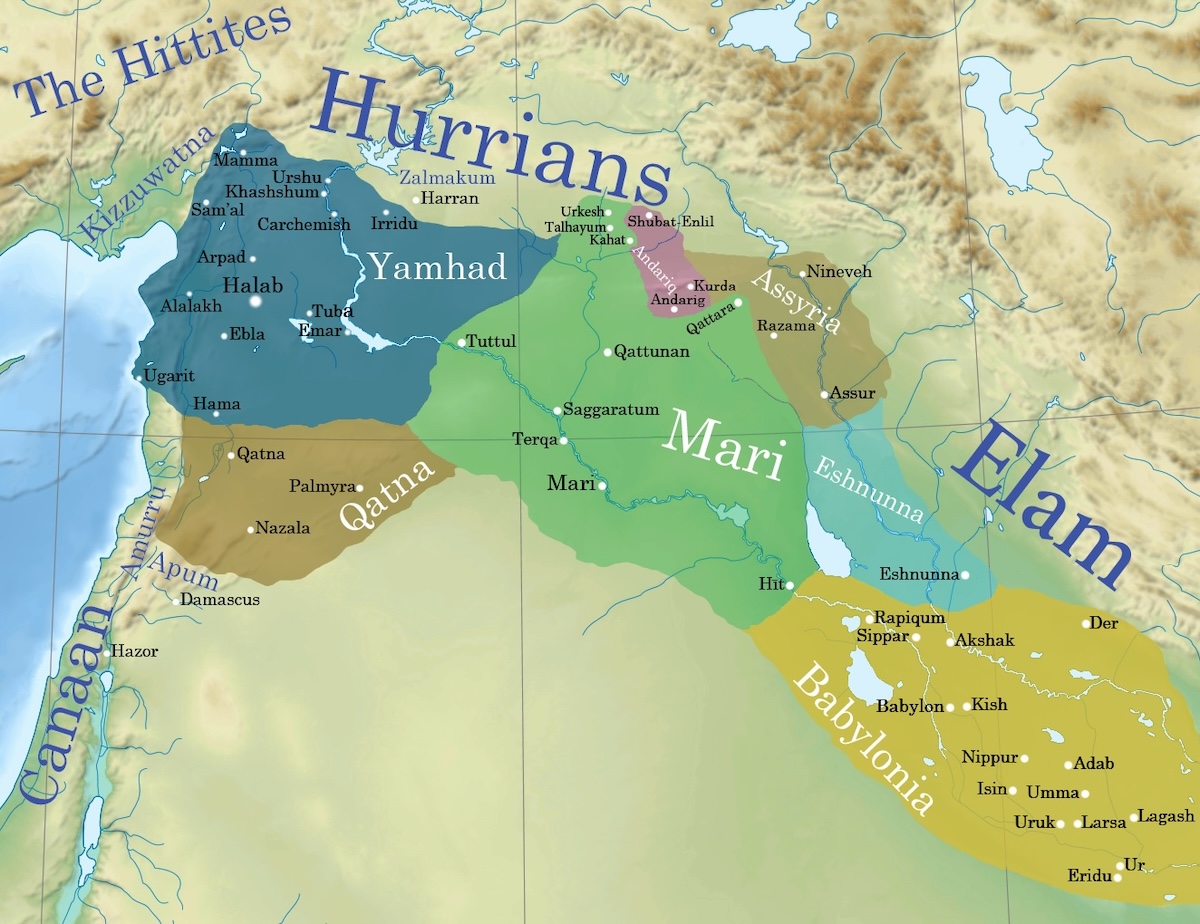
The Amorites: Rethinking Approaches to Corporate Identity in Antiquity
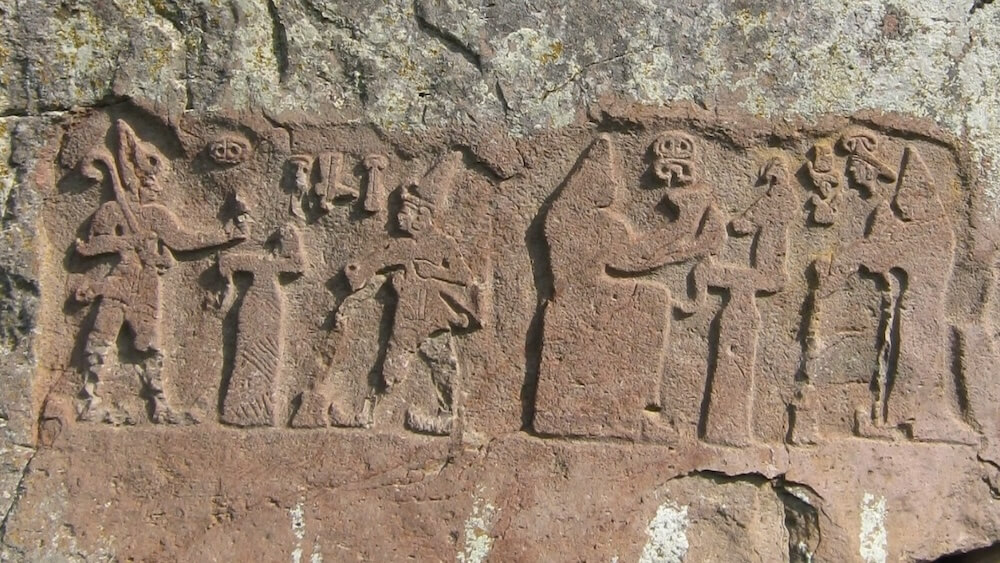

Post a comment